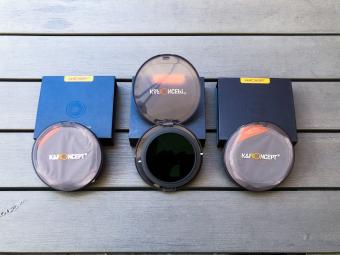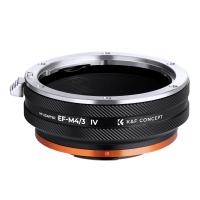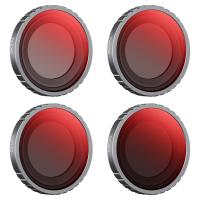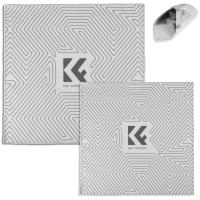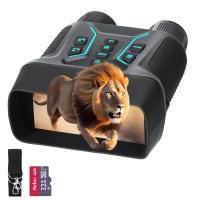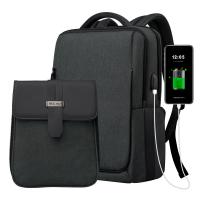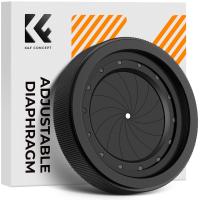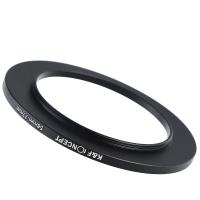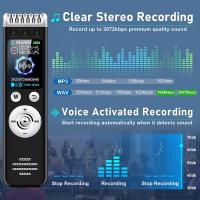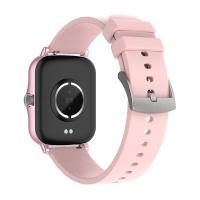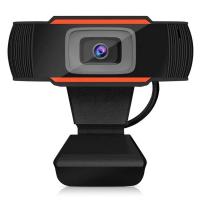What Camera Filter To Use For Solar Eclipse?
Capturing a solar eclipse is a unique and thrilling experience for both amateur and professional photographers. However, it requires careful preparation and the right equipment to ensure both safety and the best possible images. One of the most critical components in this process is the camera filter. In this article, we will delve into the various types of camera filters suitable for photographing a solar eclipse, their specific uses, and how to choose the right one for your needs.
Understanding the Importance of Camera Filters for Solar Eclipses
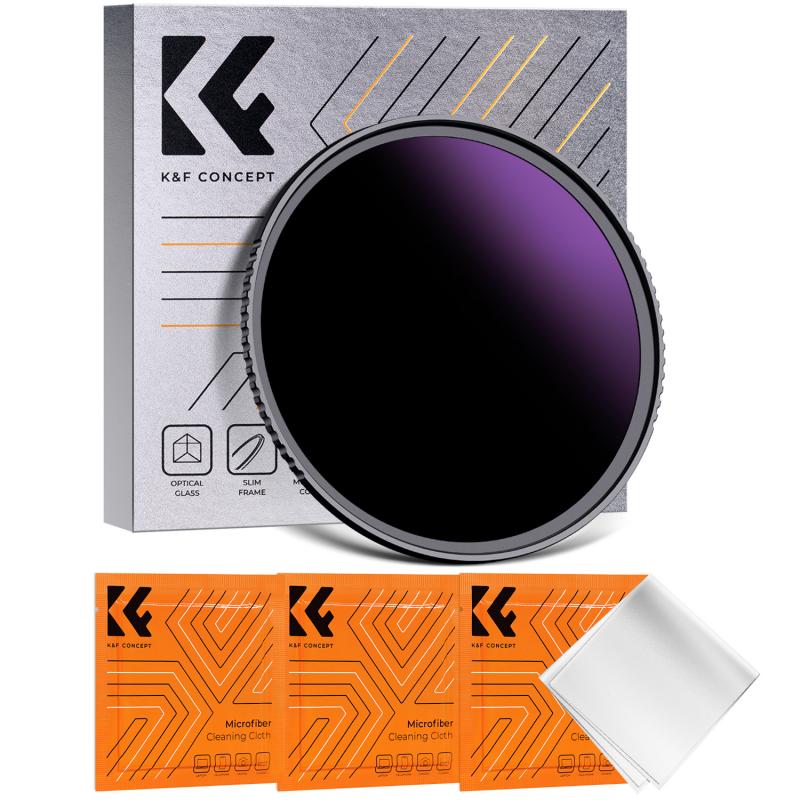
Before we dive into the types of filters, it’s essential to understand why they are necessary. The sun emits intense light and radiation that can damage your camera’s sensor and your eyes if viewed directly. A proper solar filter reduces the sun’s brightness to a safe level, allowing you to capture detailed images without causing harm to your equipment or yourself.
Types of Camera Filters for Solar Eclipses

1. Solar Filters
- Full-Aperture Solar Filters: These filters cover the entire front of your camera lens or telescope. They are typically made from optical glass or polymer film and are designed to block out 99.999% of the sun’s light. Full-aperture filters are ideal for capturing the sun’s surface details, such as sunspots and granulation.
- Off-Axis Solar Filters: These are smaller filters that cover only a portion of the lens or telescope aperture. They are less expensive than full-aperture filters and can still provide excellent image quality. Off-axis filters are a good option for those on a budget or for smaller lenses.
2. Neutral Density (ND) Filters
- ND 5.0 Solar Filters: These are the most common ND filters used for solar photography. They reduce the sun’s brightness by a factor of 100,000, making it safe to photograph the sun directly. ND 5.0 filters are suitable for both partial and total solar eclipses.
- Variable ND Filters: These filters allow you to adjust the level of light reduction, providing more flexibility in different lighting conditions. However, they are generally not recommended for solar photography due to potential uneven light reduction and image quality issues.
3. Hydrogen-Alpha (H-alpha) Filters
- These specialized filters isolate the H-alpha wavelength of light, which is emitted by hydrogen atoms in the sun’s chromosphere. H-alpha filters are used primarily for solar telescopes and can reveal stunning details of solar prominences, flares, and other chromospheric features. They are not typically used with standard camera lenses.
4. Baader AstroSolar Safety Film
- This is a popular and affordable option for DIY solar filters. The film can be cut to fit any lens or telescope and provides excellent image quality. It blocks 99.999% of the sun’s light and is available in both visual and photographic densities. The visual density is suitable for direct viewing, while the photographic density is designed for capturing images.
Choosing the Right Filter for Your Needs
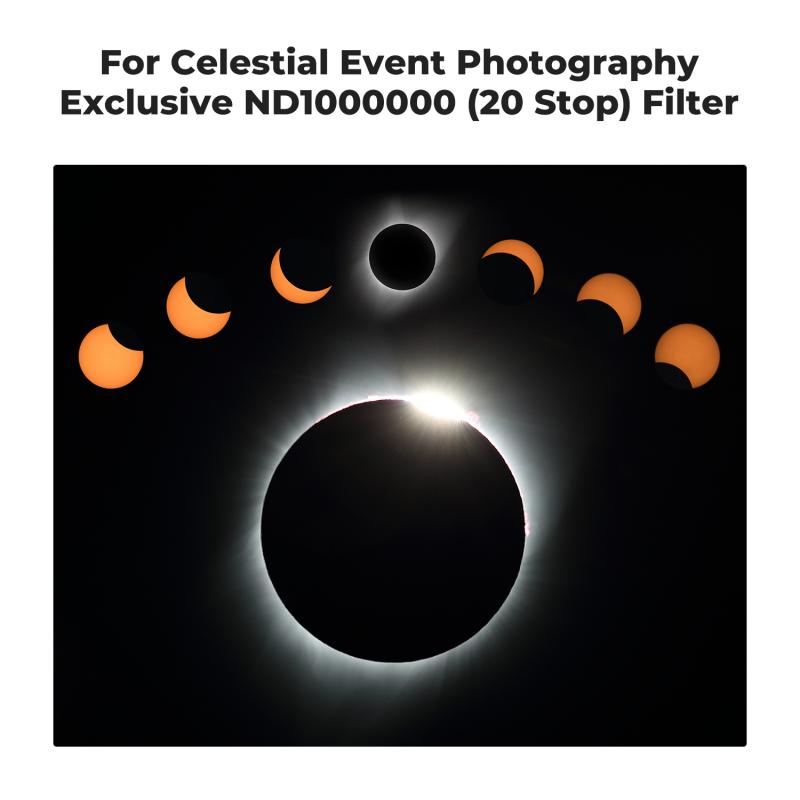
When selecting a camera filter for a solar eclipse, consider the following factors:
1. Type of Eclipse
- Partial Eclipse: For a partial eclipse, a full-aperture solar filter or ND 5.0 filter is recommended. These filters will allow you to capture the sun’s disk and any visible sunspots.
- Total Eclipse: During the totality phase of a total eclipse, the sun’s corona becomes visible, and the light level drops significantly. You can remove the solar filter during totality to capture the corona and other features. However, for the partial phases before and after totality, a solar filter is necessary.
2. Equipment
- Camera Lens: If you are using a standard camera lens, a full-aperture solar filter or Baader AstroSolar Safety Film is a good choice. Ensure the filter fits securely over the lens to prevent any light leaks.
- Telescope: For telescopes, both full-aperture and off-axis solar filters are available. Choose one that fits your telescope’s aperture and provides the desired level of detail.
3. Budget
- Solar filters range in price from affordable DIY options like Baader AstroSolar Safety Film to more expensive glass filters. Determine your budget and choose a filter that meets your needs without compromising safety or image quality.
Safety Precautions
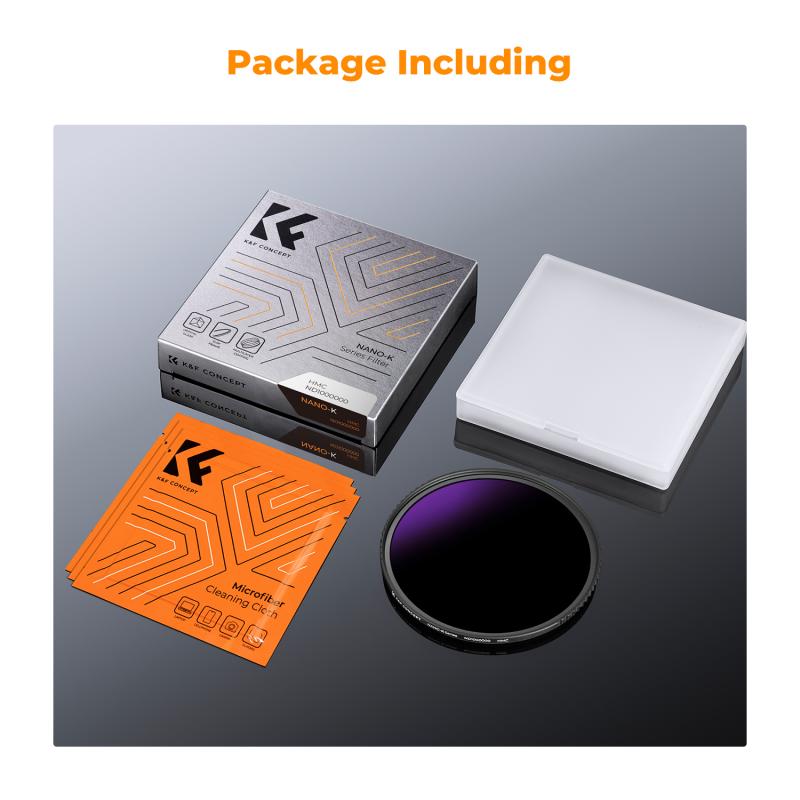
Photographing a solar eclipse requires strict adherence to safety guidelines to protect your eyes and equipment:
1. Never Look Directly at the Sun: Always use a solar filter when viewing or photographing the sun. Even a brief glance can cause permanent eye damage.
2. Check Your Equipment: Ensure your solar filter is securely attached and free of any damage or defects. A damaged filter can allow harmful light to reach your eyes or camera sensor.
3. Use a Tripod: A stable tripod will help you capture sharp images and keep your camera steady during the eclipse.
4. Practice Before the Eclipse: Familiarize yourself with your equipment and settings before the day of the eclipse. Practice focusing and adjusting exposure to ensure you are prepared.
Capturing a solar eclipse is a rewarding experience that requires careful planning and the right equipment. By choosing the appropriate camera filter, you can safely photograph the event and create stunning images. Whether you opt for a full-aperture solar filter, ND filter, or Baader AstroSolar Safety Film, ensure it meets your needs and provides the necessary protection. Remember to follow safety guidelines and practice beforehand to make the most of this extraordinary celestial event. Happy shooting!

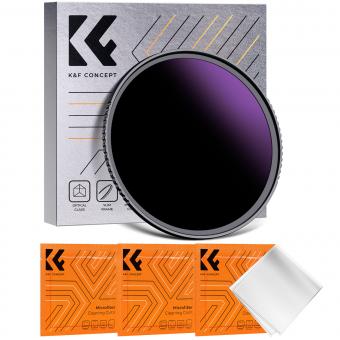

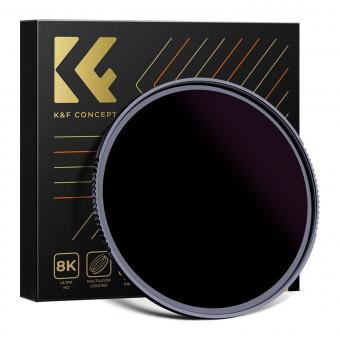
-340x340.jpg)

